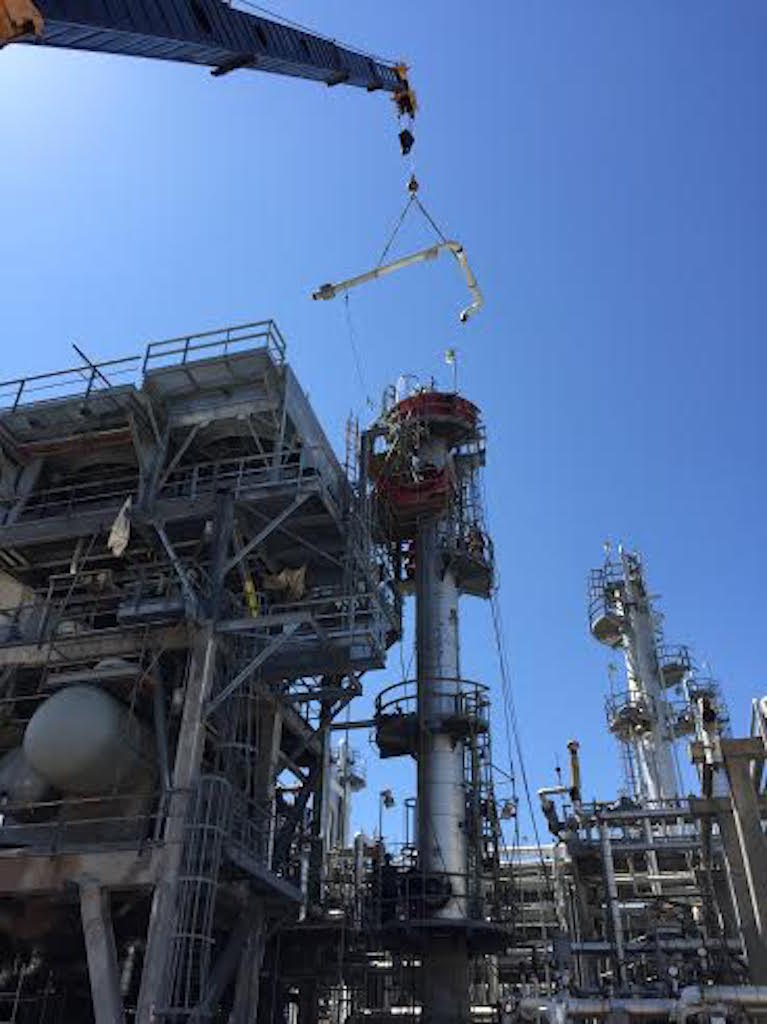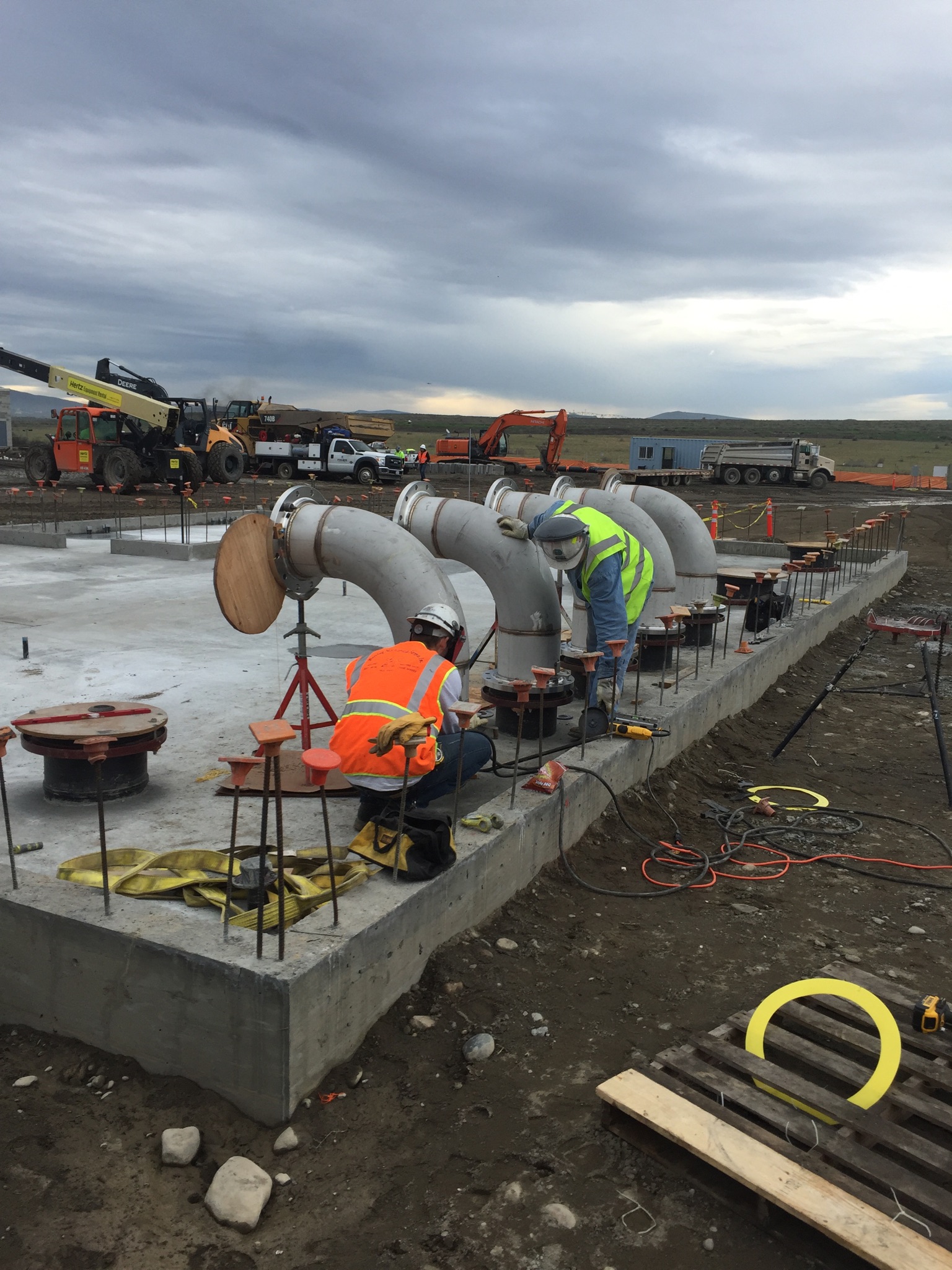4 Basic Steps to Becoming a Welder
Welding jobs will always be in demand. And you can make a six-figure salary in this career if you are willing and capable to take on leadership roles! So, how do you jump on this bandwagon? Here are the four basic steps to becoming a welder. (You might also be interested in our blog post, “How to Reach a 6-Figure Salary in a Welding Career by the time you are 30”).
Steps to Becoming a Welder
-
-
Receive a High School Diploma
It isn’t just the diploma that matters, but you actually need to learn the basic principles taught in High School. In welding, you use basic algebra a2+b2=c2. As well as geometry (and quite a lot of it). And a tiny bit of trigonometry, (but the trigonometry you can learn your first year on the job).
-
-
-
Get a Certificate in Welding/Start as a Laborer
Most welding companies require their new hires to have a certificate in welding. Which is typically earned through a college (see list of welding colleges in Utah). These courses can take anywhere from 6-18 months to complete with tuition costs ranging from $3,500-$20,000.
-
Choose your school wisely. They will be responsible for teaching you the skills you want to have in order to be hired in your desired job position. For example, some schools still focus on teaching a full semester class on how to use an oxyacetylene torch. Which honestly, nowadays, is hardly used. Verse other colleges that quickly get you up to speed and even start teaching TIG welding in their second semester. (Like Idaho State University. They always produce expert welding graduates). TIG welding is the most difficult form of welding to master, but the one our welders at Barclay Mechanical use the most during fieldwork. If you want to learn more about what is typically taught in a welding program, read our blog “The 8 Specific Skills Taught in a Welding Program to Become a Certified Welder.”
A second, less expensive option to becoming a welder, but more difficult to find, is starting off as a laborer right out of high school. Here at Barclay Mechanical, we allow one “laborer” a year to be mentored by a senior welder throughout the year. We call this person a “future welder.” The future welder is still required to do all their “laborer” tasks but they also get the opportunity to be trained by their mentor on how to weld. Little by little, the mentor will teach them the ins and outs of welding and eventually allow the laborer to participate in the basic tacking of their projects.
The person we hire as a “future welder” must be someone whose career ambitions are aligned to become a welder and progress in their career with our company. Our laborers get paid minimum wage. Depending on how quickly they learn all welding techniques, within 1-2 years they will officially move up into the apprentice welder position.
-
-
Become an Apprentice Welder
An apprentice welder makes anywhere from $37,000 – $52,000 a year. If you just graduated with your welding certificate, or just finished your year or two as a future welder, then you are now officially an apprentice welder. Your pay will be associated with your skill sets. You should know how to stick weld, MIG weld, and TIG weld. Now you are free to weld on products customers are paying for.
To help you get into the swing of the industry, you are paired with a junior or senior welder. Your apprentice will guide you, ensure you are doing the work accurately, and answer any questions you have. Don’t make the mistake of thinking you know everything about welding post-graduation. Trust us; there is so much to learn.
-
You will be an apprentice welder for one to two years. It all depends on your ability to learn quickly, make adjustments, and work hard.
-
-
Become a Junior Welder
Once you are a junior welder, you have officially become an independent welder. You have all the abilities to perform any type of weld, in any position, on any type of metal. And now you will be making anywhere between $51,000 -$65,000 a year. Congratulations!! That is the same amount teachers in Utah make, yet you have just spent a fraction of time and expenses on your education.
-
If these four steps of becoming a welder interest you, then take the plunge! Either start applying at a welding program, or reach out to Barclay Mechanical with your resume to find out if you qualify to become one of our annual future welders. Careers@barclaymechanical.com
Either step you take to becoming a welder, being a welder will prove extremely lucrative. Read our next post about “How to Reach a 6 Figure Salary in a Welding Career by the Time You are 30.”
To learn more about Barclay Mechanical specifically, check out our home page at www.barclaymechanical.com or check us out on Facebook, Instagram, LinkedIn or Youtube. #BarclayMechanicalCanDo.
States Worked In
Active Clients
Days Since Last Accident
Projects Completed
Barclay Mechanical Youtube Channel

How We Became an Industrial Mechanical Contractor
Barclay Mechanical, Inc. has almost 40 years of providing professional welding services and heavy industrial contracting services to customers in Utah, Idaho and surrounding states. The company’s roots go back to January 1, 1980 when founder, Michael D. Barclay, originally established Barclay Welding in Idaho. He had “welding in his blood,” so to speak. His father, Daniel P. Barclay, was a highly-skilled welder and Idaho State University’s 1962-1970 Department Head for its welding program.
As Barclay Welding grew, Mike changed its name to Barclay Mechanical, Inc. to more adequately describe the variety of services and products it provided, such as industrial mechanical construction. In 1993, Mike started another branch of Barclay Mechanical Services in Manti, Utah, which is now owned by three of his sons, John Barclay, Scott Barclay and Kenneth Barclay. Although the company’s welding shop is physically located in Manti, Utah 98% of their projects are outside of Sanpete County. In fact, only 50% of their work is in Utah with the other 50% being in other states.




